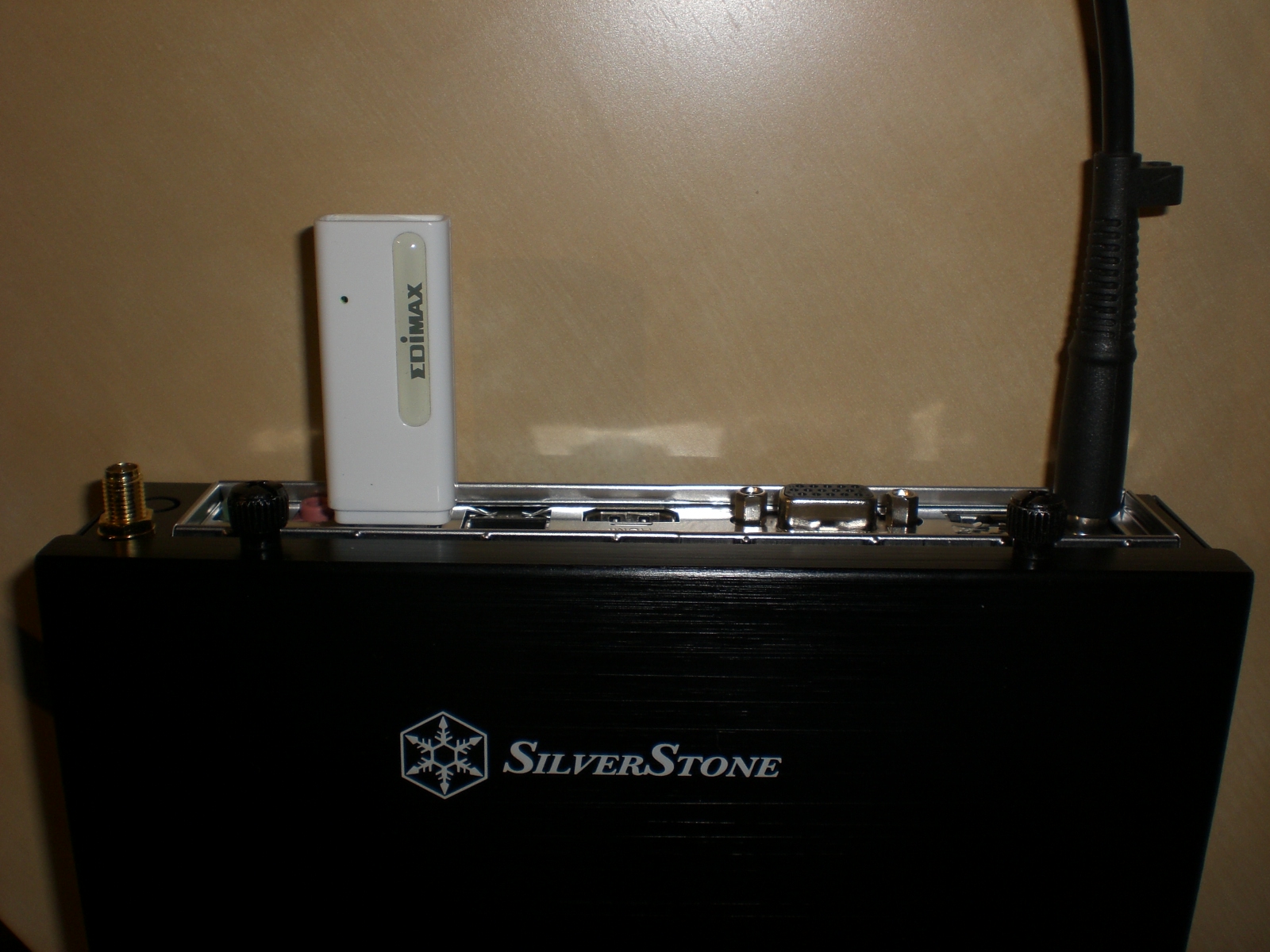This is when we need EvilDragon to step in with a mock-up.
I can imagine it working two ways. Both would include a place to house an external sound card. Both would let the player attach something to the back of the open notebook so that it did not look like the back of an open notebook, but instead a music stand.
1. Just an open, rectangular, indentation in the middle of the keyboard, with perhaps a bar that could be lifted and then be put down down to lock the notebook in place. Literally locked to prevent theft.
2. Or a frame of sorts, with a bottom lower than the top surface of the controller's cabinet, and with a slot cut in the back so that one slid the notebook in, keeping the notebook's keys exposed. Or it could be a frame that lifted up.
ED may have other ideas. :-)
In the two that I'm imagining, the ideal would be to have an almost flat surface if the notebook was closed. So it would look better, and so people would have a place to rest their drink before spilling it on the notebook.
Of course, either arrangement would mean that would be no screen on the keyboard itself, and the knobs and sliders would have to be kept to the left and the right, since the center would be preoccupied.
Many advantages:
The absence of a screen would reduce the cost.
Short midi cables. No tangles and if the notebook was just kept in the keyboard, no need to connect and disconnect them on gigs--no set up or break down for midi. Plug in the keyboard and sound card and go?
Obviously, Pianoteq, along with a sequencer, other sound engines, lyric sheets, and whatever else would be right in the keyboard\notebook.
But we've known all of this for how many years?
Last edited by Jake Johnson (10-11-2014 02:22)


